The Power Lifts for Speed
If you want to surprise the competition with your speed, you’ll need a few things. For one, you’ll need proper technique in both the top speed and acceleration phases of your sprint. Next, you’ll need the power developed from carefully selected plyometric movements. Finally, you’ll need a base of absolute strength underneath all of that. That’s where these exercises to improve sprint speed come in.
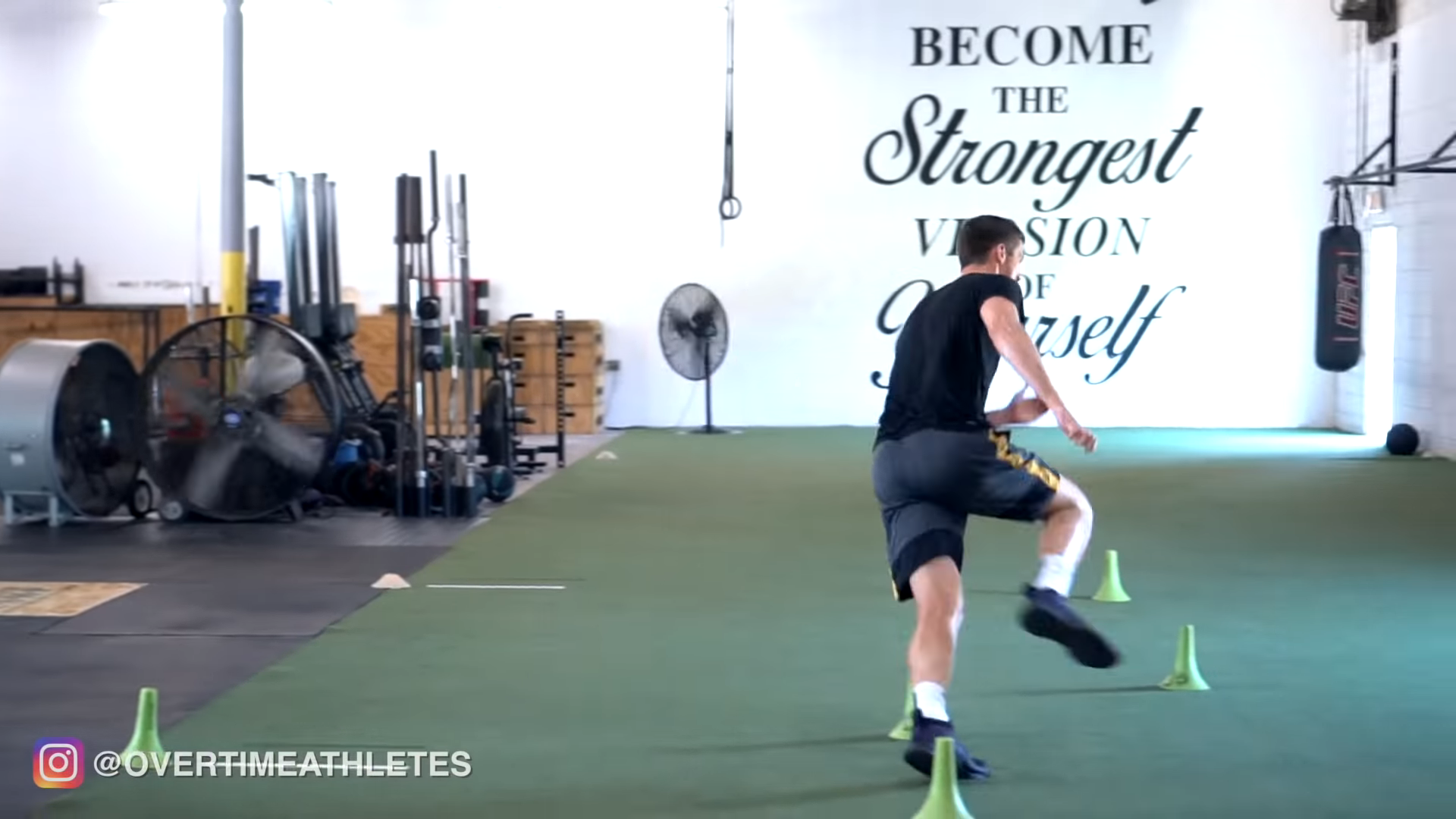
Over my years of improving sprint speed with my athletes, I’ve nailed the absolute strength side of things down to a science. And I do things a little differently than other coaches.
For one, I don’t use overly complicated exercises to improve sprint speed. Lots of coaches on Instagram use flashy exercises to flex their prowess, or knowledge as a coach. Really, they’re using them as a crutch for their lack of coaching depth.
Also, I don’t use olympic lifts often, for reasons you see below.
Finally, I start simple, and progress.

This improves movement efficiency, continuously challenges the body with novel stimulus, and results in consistent gains.
So, in this post, I want to give you an inside look at the staples of my absolute strength training. They’re not sexy, or flashy. But, I’m going to share their utility, how they can be manipulated for different purposes, so that you can use them to reach your training goals.
All this said, let’s take the plunge into the power exercises to improve your sprint speed:
Why I Don’t Use Olympic Lifts
First, I wanted to get this out of the way.
You won’t find cleans, snatches, or jerks here.

Why?
Simple. There’s a large learning curve, and the time I spend teaching athletes how to perform these lifts could be time spent increasing their performance.
That said, if an athlete already knows how to perform an olympic lift, I’ll throw it in, as they’re pretty effective.
However, in my experience, the benefits to be had from doing olympic lifts don’t outweigh the time it takes away from improving performance.
Trap Bar Deadlift
Trap bar has become my favorite exercise to improve sprint speed by FAR.
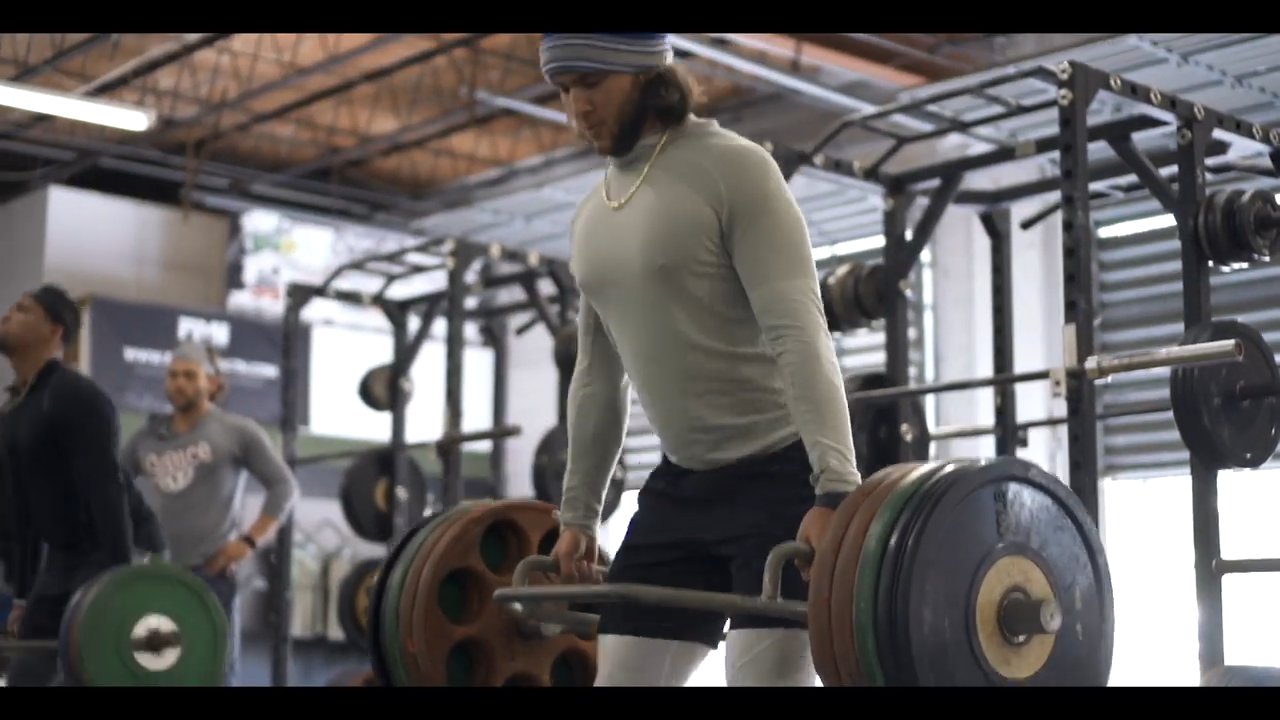
For one, it’s extremely safe, especially compared to its conventional counterpart.
Second, the trap bar deadlift is moved at higher velocities than other strength lifts, which makes it more specific to power athletes.
Finally, the position for the trap bar deadlift is a more athletic position than that of a conventional deadlift.
The conventional deadlift relies more heavily on a hip hinge, which isn’t used a lot in sports. The trap bar deadlift is a combination of a bend and squat pattern, which is used in almost all sports, when you jump, when you sprint, when you change directions, in various other circumstances.

My goal is to get my athletes to trap bar deadlift 2.5-3.3 times their bodyweight to improve their sprint speed.
How to Add Variation to the Trap Bar Deadlift
First, you’ll notice that on many trap bars there are “high handles”. These handles protrude above the rest of the bar. However, if you flip it over, you can use the “low handles” for more range of motion during your lift.
So, that’s one way you can manipulate it.
Another is by adding a band, or accommodating resistance.
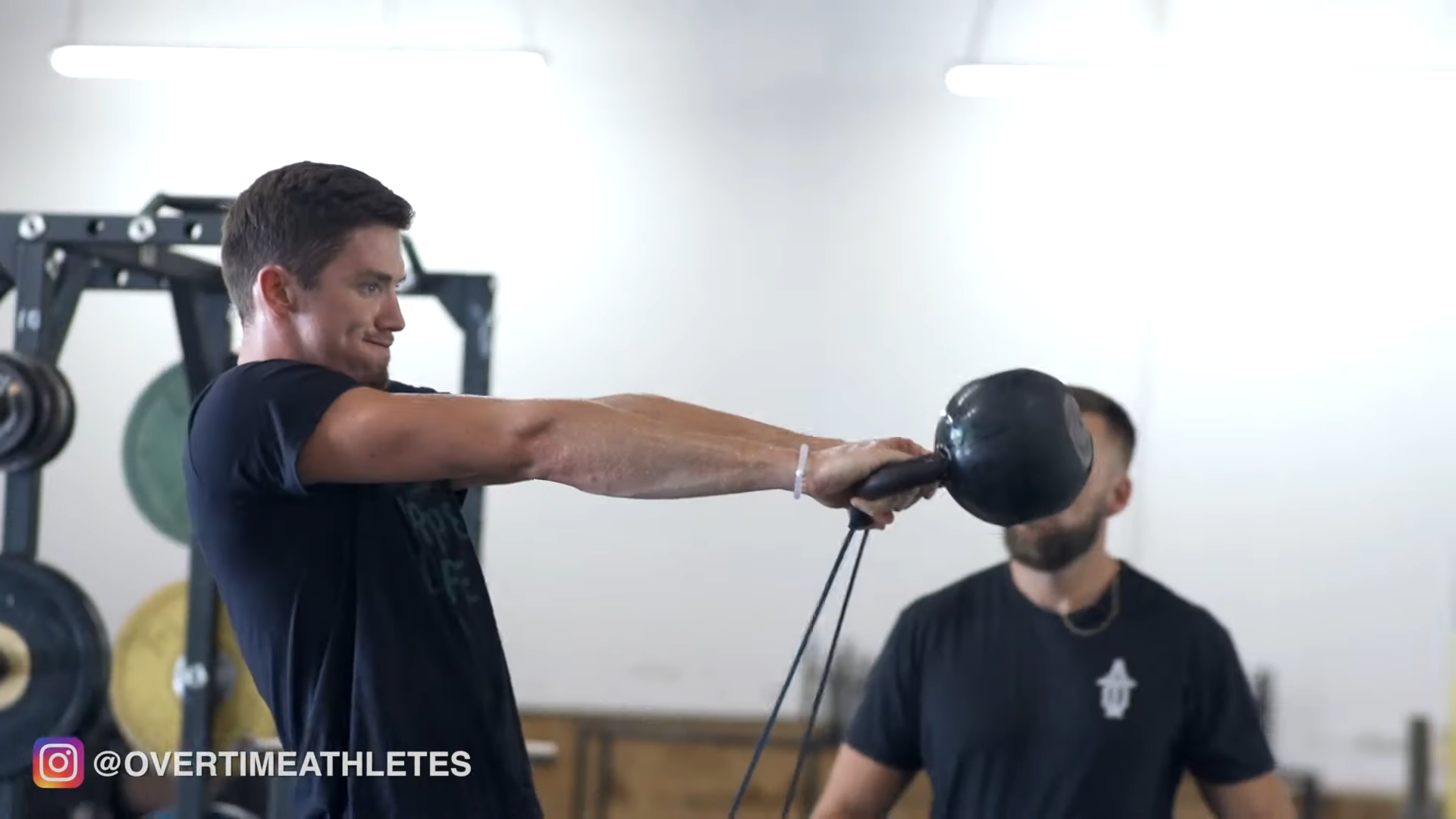
Simply, place a band around the outside of the weights, step on it, and lift. This removes your need to decelerate at the top, so you can lift more explosively.
Another one of my favorites is overcoming isometric to increase motor unit recruitment.
For this move, you’ll pull the trap bar against pins for an allotted amount of time. Here, you’re tensing, flexing, squeezing every muscle involved with the trap bar deadlift. This fatigues the initial recruiters in the movement, and teaches the body to use larger, fast twitch motor units instead.

Finally, you can use tempos to add some variation.
Back Squat
Another staple in improving sprint speed is the back squat.

In some cases, I use a more sport specific back squat that requires vertical jump depth. This just means that instead of squatting to parallel, I have my athletes squat slightly deeper than quarter squat position, as this mimics the recruitment patterns of the sprint and jump.
I also like to use box squats. It’s a high risk movement, so it has to be taught properly, but once an athlete has it down, it’s powerful tool. The effectiveness of this movement comes from it’s removal of the stretch reflex. The stretch reflex is, put simply, the mechanism that many athletes use as a crutch in their lifting. It’s the mechanism that allows you to bounce out of the hole on a squat.
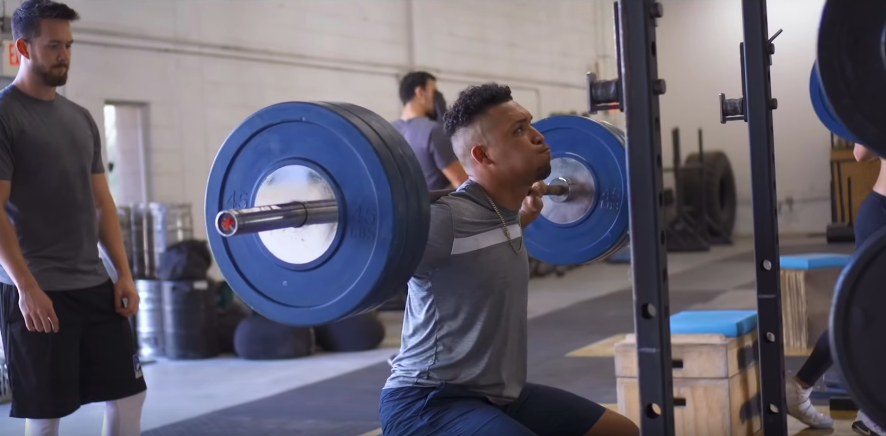
Removing the stretch reflex forces the athlete to absorb force, then use his absolute strength to get up off the box.
Again, the box squat is pretty technical, and if you do it wrong, you could seriously injure yourself.
Finally, I’ll sometimes use accommodating resistance in the form of bands.
Accommodating resistance removes the athlete’s need to decelerate at the top of their movement, allowing them to use all of their explosiveness in a movement.
Reverse Lunge
Finally, one of my favorite movements, I’ve been using to improve speed.
I like the reverse lunge because it’s a unilateral movement that’s easy to progress.
If an athlete becomes proficient in the DB reverse lunge, I can progress them to an elevated reverse lunge, or a barbell reverse lunge, and more.


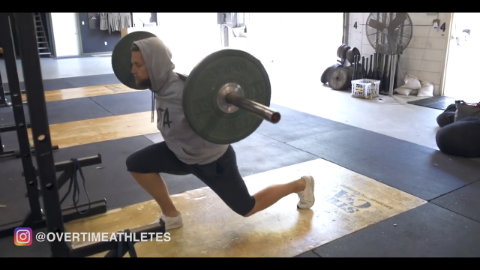
This is the perfect auxiliary to use in a speed program.
How to Perform These for Maximum Increases in Speed
Now, if you know how I program, you know that I have a section for strength in every one of my programs.
During the strength phase, I like to use tempos to manipulate certain mechanisms in the body to increase force contractions. This results in more power, strength, speed… Really whatever you want.
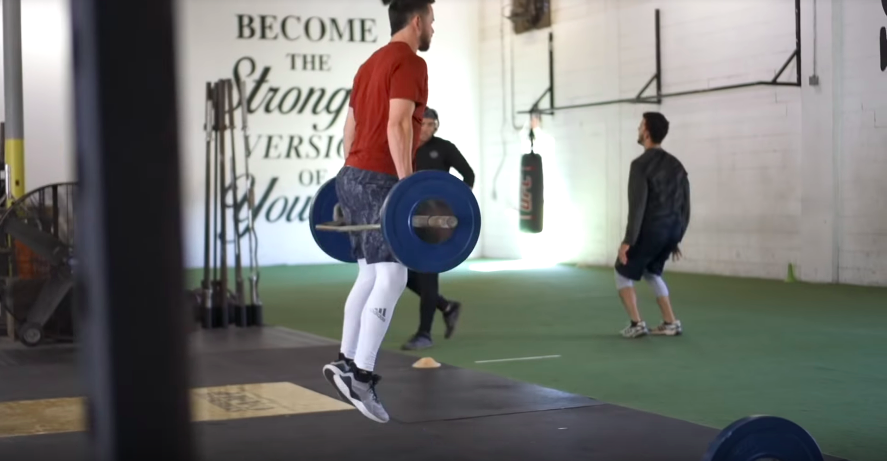
To find out how to do this, you can check out my free advanced strength series.
Inside, you’ll find out how to use tempos, and other variables, to develop strength in a way that translates into power that you can use for a higher vertical jump, and improved speed.
Hit the link below to find out more:
Click To Learn My Advanced Strength Secrets for $0